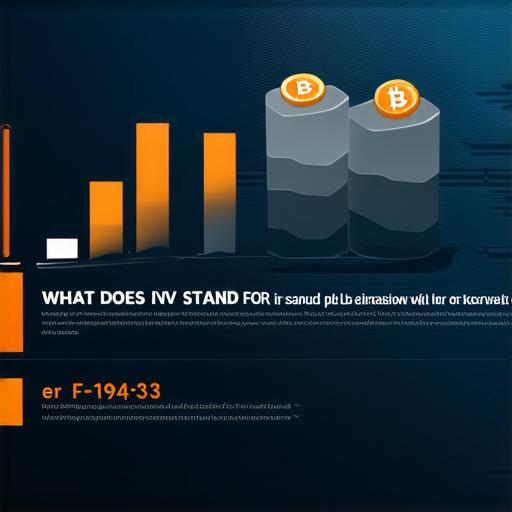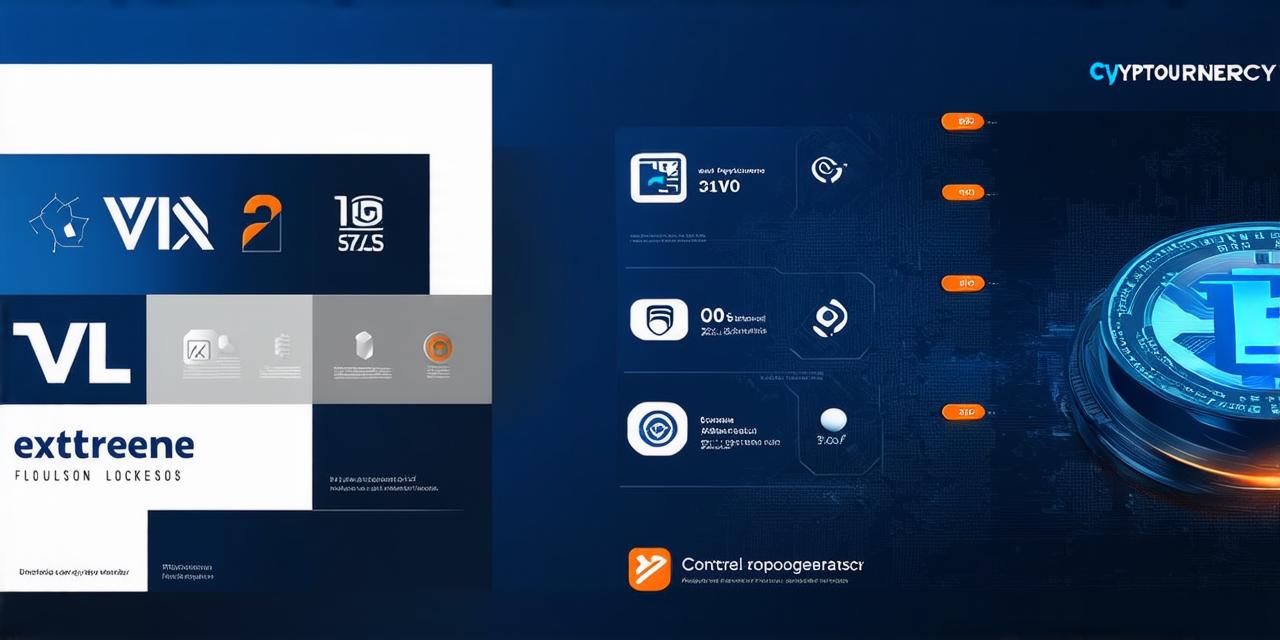Introduction
TVL, also known as Total Value Locked, is a term that has gained significant attention in the cryptocurrency space. It refers to the total amount of value locked in various decentralized finance (DeFi) applications and protocols. TVL represents the total amount of assets that have been deposited into DeFi platforms, including lending protocols, yield farming platforms, and decentralized exchanges.
What is TVL?
TVL refers to the total value locked in various DeFi applications and protocols. It represents the total amount of assets that have been deposited into DeFi platforms, including lending protocols, yield farming platforms, and decentralized exchanges. The value locked is calculated by adding up the balances of all tokens held in DeFi protocols and applications.
The rise of decentralized finance
Decentralized finance (DeFi) is a term used to describe financial applications that are built on blockchain technology and operate without intermediaries. DeFi platforms provide a range of financial services, including lending, borrowing, trading, and more. They are often designed to be faster, cheaper, and more secure than traditional financial systems.

How to calculate TVL
Calculating TVL is relatively straightforward. To calculate TVL, you simply need to add up the balances of all tokens held in DeFi protocols and applications. For example, if a lending platform has $10 million worth of Bitcoin deposited, $5 million worth of Ethereum deposited, and $2 million worth of other cryptocurrencies deposited, the total value locked would be $17 million.
It’s important to note that TVL is not just a measure of the amount of assets deposited into DeFi platforms, but also a reflection of the trust and confidence that users have in these platforms. As such, TVL can be seen as a proxy for the overall health and adoption of the DeFi ecosystem.
Examples of TVL in practice
Yield Farming
Yield farming is a process of depositing assets into DeFi platforms in order to earn interest on those assets. Yield farming platforms typically offer higher returns than traditional savings accounts, making them an attractive option for investors looking to grow their wealth.
Yield farming platforms operate by lending out user deposits to other users, who then use those funds to participate in various DeFi protocols and applications. In return for providing liquidity to these protocols, yield farmers receive a share of the interest earned on those assets.
The total value locked in yield farming platforms can be significant, as investors often deposit large sums of cryptocurrency in order to take advantage of the higher returns offered by DeFi. For example, one popular yield farming platform, Compound, had a TVL of over $50 billion at its peak in 2021.
DeFi Lending Platforms
DeFi lending platforms are another type of DeFi application that allow users to lend and borrow cryptocurrency. These platforms operate by matching borrowers with lenders, based on factors such as the type of asset being borrowed, the duration of the loan, and the interest rate being charged.
DeFi lending platforms typically offer a range of assets for both lenders and borrowers to choose from, including cryptocurrencies, stablecoins, and other forms of digital assets. The total value locked in DeFi lending platforms can be significant, as users often deposit large sums of cryptocurrency in order to take advantage of the higher returns offered by DeFi compared to traditional finance.
For example, one popular DeFi lending platform, MakerDAO, had a TVL of over $30 billion at its peak in 2021. MakerDAO is known for its stability protocol, which allows users to borrow cryptocurrency without collateral, making it an attractive option for those who do not have the means to deposit large sums of assets.
Decentralized Exchanges
Decentralized exchanges (DEXs) are another type of DeFi application that allow users to trade cryptocurrency without intermediaries. DEXs operate by matching buyers and sellers directly, based on the price and other factors set by the market.
DEXs typically offer a range of assets for trading, including cryptocurrencies, stablecoins, and other forms of digital assets. The total value locked in DEXs can be significant, as users often deposit large sums of cryptocurrency in order to take advantage of the higher returns offered by DeFi compared to traditional exchanges.
For example, one popular DEX, Uniswap, had a TVL of over $40 billion at its peak in 2021. Uniswap is known for its liquidity pools, which allow users to provide liquidity to the platform and earn interest on their deposited assets.
TVL vs. Traditional Finance
The total value locked in DeFi platforms can be compared to the total value of assets held in traditional financial systems. While the TVL of DeFi platforms is still relatively small compared to traditional finance, it has grown significantly in recent years as more users have become aware of the benefits and opportunities offered by DeFi.
One key advantage of DeFi over traditional finance is the lower fees associated with DeFi transactions. DeFi platforms typically charge much lower fees than traditional financial institutions, making them an attractive option for those looking to save money on transaction costs. Additionally, DeFi platforms often offer faster and more secure transactions than traditional financial systems, as they operate on blockchain technology and do not require intermediaries.
Conclusion
The total value locked in DeFi platforms is a measure of the trust and confidence that users have in these platforms, as well as the overall health and adoption of the DeFi ecosystem. While TVL is still relatively small compared to traditional finance, it has grown significantly in recent years and is likely to continue to do so as more users become aware of the benefits and opportunities offered by DeFi. As such, TVL can be seen as a proxy for the overall potential of the DeFi ecosystem, and an important metric for those looking to invest in or participate in this rapidly growing industry.
